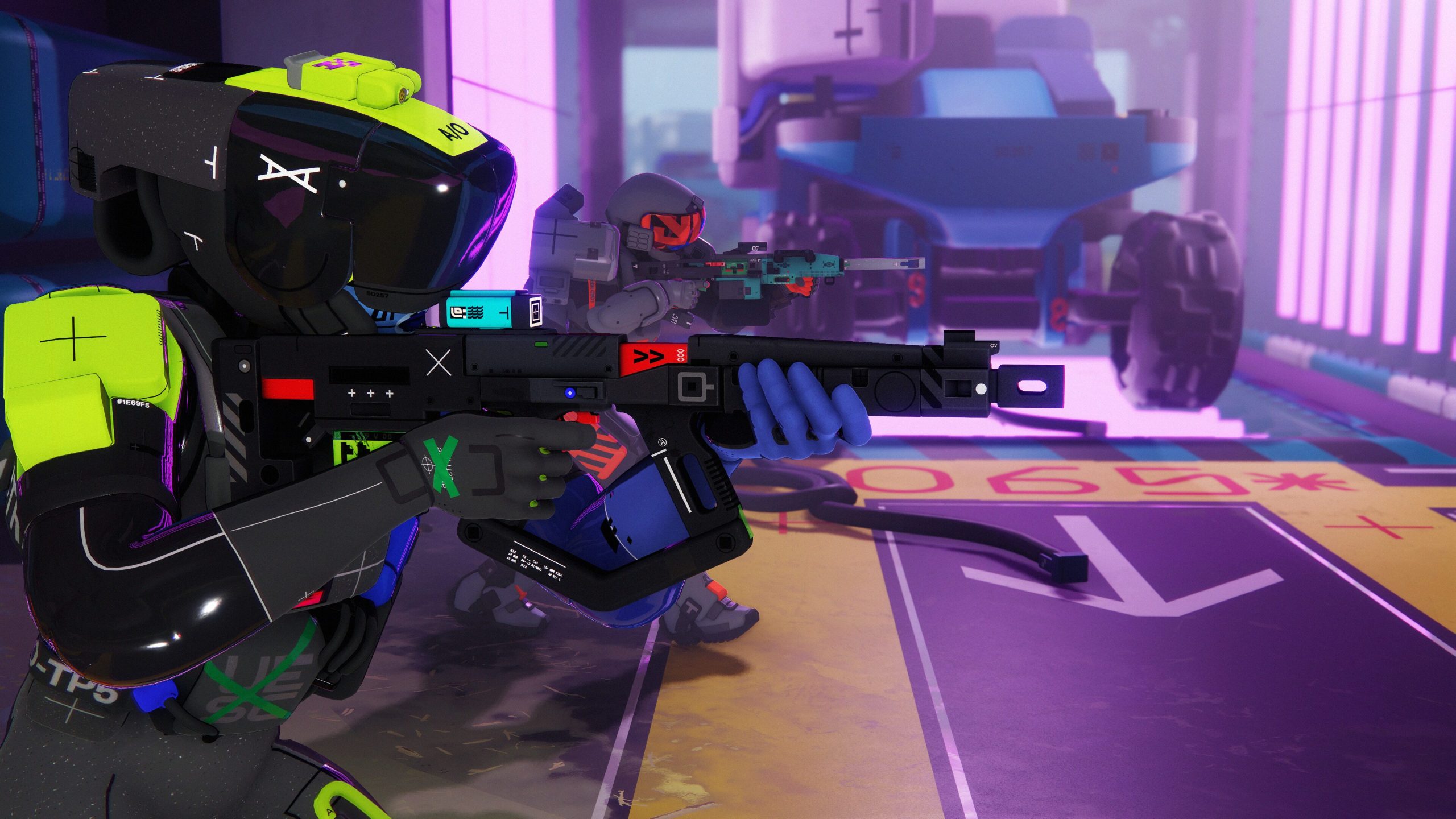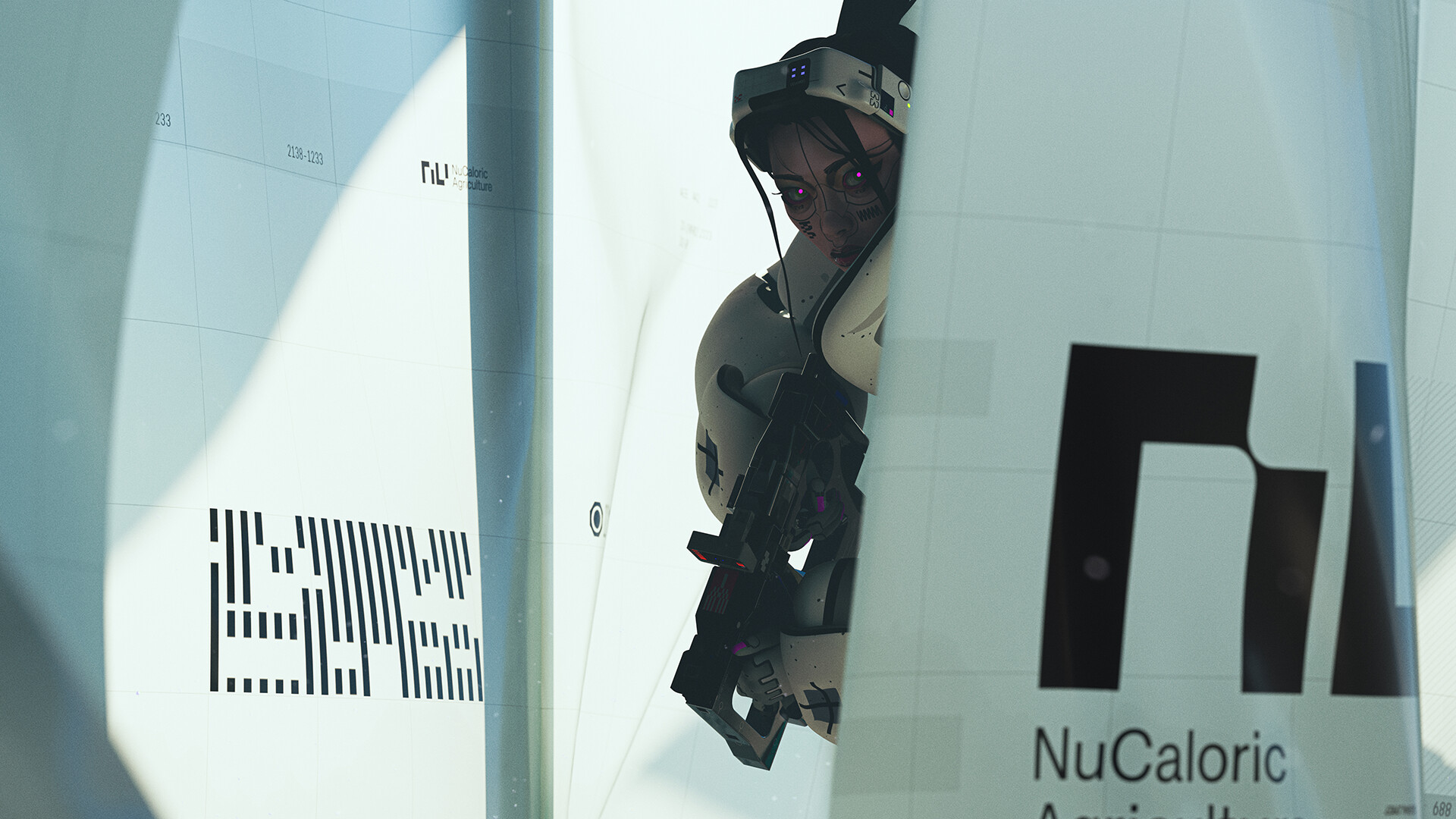
Regardless of opinions about Bungie or Destiny 2, or their journey through the years, there have been some reactions to Marathon over the weekend. Being the precursor to Halo and inspired by its classic sci-fi FPS trilogy, this was the first gameplay reveal for it. The developers took it a step further by announcing that Marathon will release on September 23rd for Xbox Series X/S, PlayStation 5, and PC.
The cinematic short by Albert Mielgo received widespread acclaim for its brilliance, but opinions on the gameplay are divided. Some admired the art direction, while others found the visuals lackluster and the color palette unconventional. Content creators appreciated the gunplay’s feel and responsiveness, and given the studio’s reputation, firing a weapon in Marathon should be satisfying.

While some users pointed out the absence of a comprehensive narrative, Bungie has acknowledged that the current story is sparse and will develop over time. Character advancement primarily involves completing missions for factions, which in turn slightly enhances your character’s abilities. Interaction with these characters or other players outside of matches is minimal at best. Essentially, they don’t seem to present significant conflicts – in terms of their current roles, you don’t engage much with them beyond mission tasks.
Despite being an alpha version, these impressions offer a glimpse into the game, but there’s still room for Bungie to introduce or modify features before launch. A point of contention arises when considering the cost of the game, as Marathon isn’t free-to-play nor is it full-priced at the moment (the exact price remains undisclosed). However, more details about its pricing are expected this Summer. What we do know is that it will employ a Battle Pass and seasonal model for monetization.
From my perspective as an avid fan, Joe Ziegler shed light on the Friends Per Second Podcast about their decision not to opt for a free-to-play model. In essence, he emphasized that the concept of fair pricing can vary greatly among individuals. When it comes to evaluating value, this variability is even more pronounced.
For instance, some enthusiasts might find joy in playing Marathon at launch, despite it only offering six playable characters and three maps initially, with a fourth one coming later. This perspective is perfectly reasonable.
Both longtime enthusiasts and novices might find themselves feeling a sense of disappointment due to the seemingly limited content or groundbreaking elements in the latest release, with little else to distinguish it significantly from other works, save for its distinctive visual flair.
For devoted Destiny 1 and Destiny 2 gamers who’ve clocked up over a thousand hours or more, Marathon might not be their ideal game. Bungie themselves admit this, suggesting it may not suit those seeking a PvE-exclusive experience because eventually, player vs player combat is required. While there are PvE elements like battling hostile NPCs and completing random field objectives, these aspects fall significantly short of the current structure in Destiny 2.

Although The Final Shape might have brought some pessimism, I’m not grumbling as it continues to receive new content and expansions. However, it seems like large-scale raids and lengthy cinematic campaigns might no longer be part of its future.
While those points are significant, they’re not the main concern here. The difference between PvP in this game and the power fantasy in Crucible isn’t the primary focus. Neither is the unique selling point that sets Marathon apart from other extraction shooters today, or the fact that it’s been under development for over four years with a large team of more than 300 developers, amidst whispers of development troubles.
As a gamer, I’m finding myself in a situation where Bungie is releasing what appears to be the foundation of a game, and they’re asking us, the fans, to cover the costs. There’s no early access label to bind it, so there’s no sense of obligation or commitment (which might not mean much these days).
Reflecting on my experience with Destiny 1 during its first year, I must admit it was somewhat underwhelming. The narrative felt sparse, while the gameplay was engaging, it was marred by repetitive mission structures and objectives. The faction system seemed lax, and character advancement wasn’t particularly complex. Despite Bungie’s claims about collaborating with players, developing the game hand-in-hand with the community, asking us to essentially act as testers felt a bit questionable.
Ziegler and his team are clear about what Marathon will offer at launch, but there’s still a lot left unclear. The concept behind the seasonal model is that each season offers an opportunity for adventure, remembrance, and later, using those commemorative elements as personal expressions in future seasons – whether through skins, titles, or similar items. As a new season begins, it presents a fresh chance to embark on a new adventure. (This quote is from GameSpot.)

The responsibility lies with the team to design each season’s experience uniquely, ensuring that every adventure feels fresh and distinct to weave new tales. We aim to avoid the repetitive resets of player’s items at the beginning of each season, keeping the gameplay more engaging and exciting.
The marathon project for Bungie might turn out to be one of their significant risks not due to any groundbreaking innovation that could redefine the genre but rather because, as an outsider looking in on Destiny, it appears as another endeavor they expect players to commit to and support before it truly matures into something substantial.
If the initial series doesn’t succeed, there might be reasons for you to stay and witness how things unfold. You could discover aspects that appeal to you, which may grow with constructive input from viewers like yourself. Despite facing criticism and intense dislike, Bungie has demonstrated a knack for addressing player concerns, though this process can sometimes take extended periods of time, ranging from months to years.
Despite the numerous criticisms toward Marathon as an extraction shooter and another addition to the live-service genre, there’s a considerable group of people who find themselves perplexed rather than critical. For instance, novice players might be taken aback upon observing the polished cinematics, only to discover a stripped-down extraction shooter with captivating elements such as the necessity to wait for decryption before acquiring items from deceased players’ loot boxes.

After a ten-year ride on Bungie’s certified rollercoaster spanning two games and numerous expansions, filled with thrilling peaks and head-scratching drops, I’m not sure if I want to hop on again. Yet, this experience still delivers a unique kind of enjoyment for dedicated fans and newcomers alike – the chance to savor a game that feels great to play at the moment, with potential for even better experiences in the future. It must be said, Bungie has a knack for pulling off unexpected surprises, even when it seems they’re playing catch-up.
I’m planning on adopting a “see how things unfold” strategy regarding Marathon. It’s not just competing against current rivals that have established support, content, and distinctive gameplay mechanics; it’s also contending with other significant releases for your attention and resources. Whether the novelty will be enough to continue Bungie’s signature gunplay into the future is yet to be determined.
Please note that the opinions presented in this piece are solely those of the author, and they do not necessarily reflect the views or stance of our company, GamingBolt. The author’s thoughts should not be attributed to us as a collective entity.
Read More
- The Bachelor’s Ben Higgins and Jessica Clarke Welcome Baby Girl with Heartfelt Instagram Post
- WCT PREDICTION. WCT cryptocurrency
- Royal Baby Alert: Princess Beatrice Welcomes Second Child!
- New Mickey 17 Trailer Highlights Robert Pattinson in the Sci-Fi “Masterpiece”
- The Elder Scrolls IV: Oblivion Remastered – How to Complete Canvas the Castle Quest
- Chrishell Stause’s Dig at Ex-Husband Justin Hartley Sparks Backlash
- AMD’s RDNA 4 GPUs Reinvigorate the Mid-Range Market
- Guide: 18 PS5, PS4 Games You Should Buy in PS Store’s Extended Play Sale
- Sea of Thieves Season 15: New Megalodons, Wildlife, and More!
- SOL PREDICTION. SOL cryptocurrency
2025-04-15 18:19